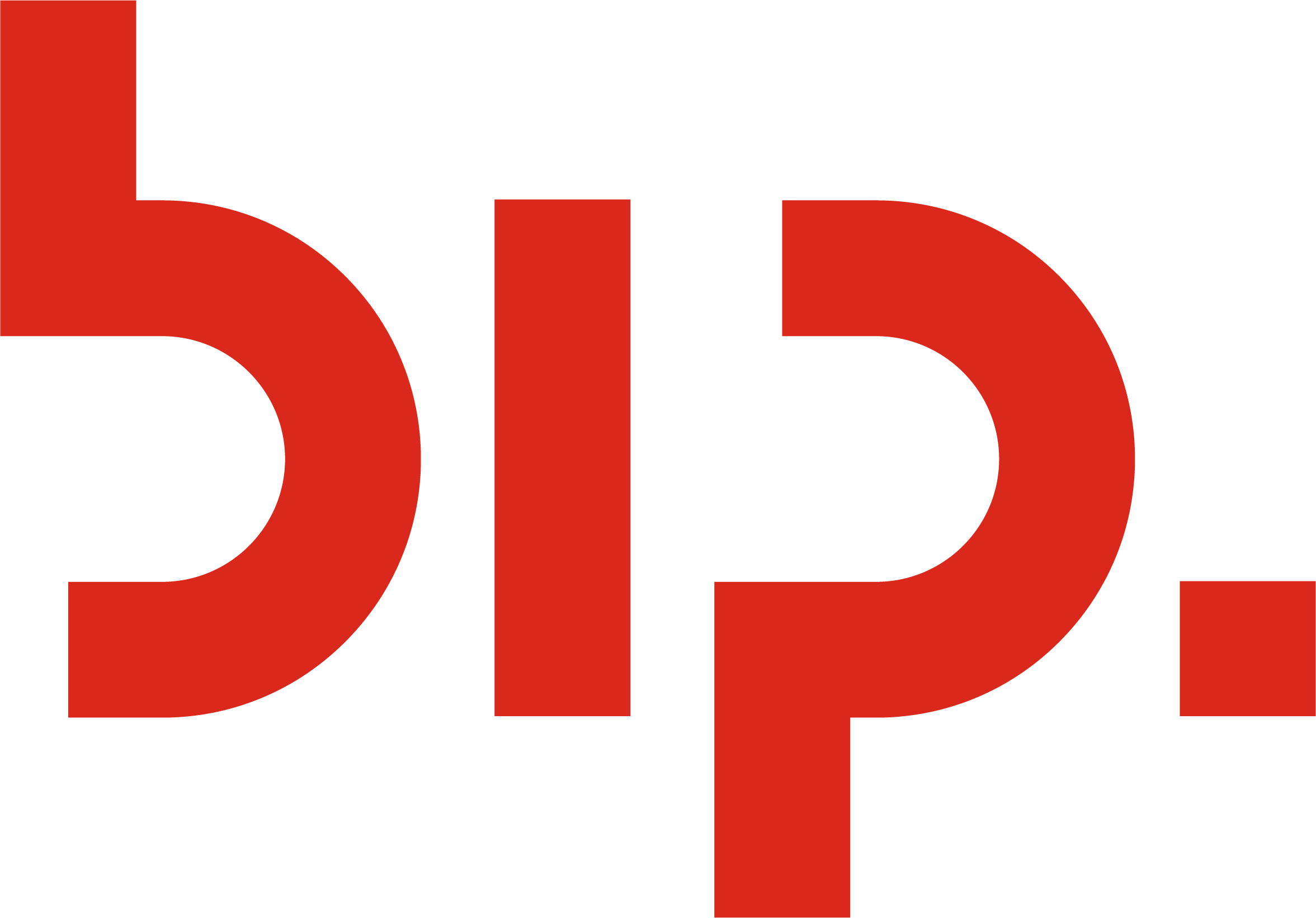The US economy got off to a rough start in Q1 from the increases in the benchmark federal funds rate by the Federal Reserve to curb persistent inflation. The approval of another quarter-point interest rate in the May FOMC meeting marked the central bank’s tenth consecutive rate hike in 14 months.
The fastest rate-raising cycle in 40 years, unhedged interest rate and market risks, and fear of contagion contributed to the recent collapses of Silicon Valley Bank, Signature Bank, and First Republic Bank. The failure of Silicon Valley Bank had significant ramifications for the tech sector due to the concentration of depositors within the technology and venture capital. More broadly, the banking crisis is having a slow-burn impact on the economy that will reduce credit flow to Main Street, delay investments, and put a brake on the technology investment boom from covid pandemic. The impact is reverberating through the financial system and bank’s operations in the US and beyond.
Despite the banking crisis, the Financial Services Industrial (FSI) has seen many Fin Tech innovations introduced in recent years, including blockchain-based cryptocurrencies, feature-rich mobile banking applications, and JP Morgan’s launch in the metaverse in Decentral, successful consumer adoption of Bank of America’s AI-powered chatbot, and increased use of cloud services such as AWS, Azure and GCP for enterprise computing. In addition to the technology investments, banks have undertaken a large portfolio of Change the Bank (CTB) and Run the Bank (RTB) initiatives to improve operational efficiency, reduce costs, stay competitive, and remain compliant with the regulations.
Q1 earnings for big banks such as JPMorgan Chase, Bank of America, Citigroup, and Wells Fargo have benefited from the same heightened interest rates that tipped regional banks. However, the strains on the US banks will continue as the interest rate hikes work through the system and market participants, creating headwinds for banks due to a lag in monetary policy impact. This has prompted banks to re-assess their business operations, re-size business portfolios, and optimize technology investments.
In the last decade, banks have made sizeable investments in innovative changes and digital transformations with a time horizon of 12 to 24 months or more to bring in results. With technology costs going up, there is not an unlimited amount that banks can spend. Therefore, a shortened timeline for return on investment (ROI) is prioritized before the budget is allocated from the annual planning process. Banks are also trimming and streamlining their information technology spending amid worries about a possible recession later this year. Reining in cloud costs, removing redundant applications, and reducing vendor spend are among the challenging tasks for bank CIOs while ensuring the core banking operation is secure and resilient.
Meanwhile federal regulators are considering stricter rules for midsize banks due to recent failures. Tougher capital and liquidity and “stress tests” requirements are being discussed. These rules will target banks with between $100 billion to $250 billion in assets, which at present escape the most onerous capital requirements. The new rules will reverse the 2018 shift by lowering the $250 billion threshold in bank assets for supervision. These added regulatory and compliance requirements will increase the cost of regulatory compliance. As a result, banks may need to continue to prioritize investments and enhance capabilities in risk management and regulatory compliance.
With JPMorgan’s takeover of First Republic Bank early May, the trend towards consolidation in the U.S. banking sector is likely to continue. It’s widely expected that capital will become less available as lending standards are tightened. Companies may have to pay up to borrow or struggle to fund new projects. The market dislocation and disruption have served as inflection points for some banks. The same can be said about the technology-induced disruptions and their impact on some banks who will come out as winners or losers, depending on the decisions they make.
As US banks continue to face challenges from the recent banking crisis to the impact of interest rate hikes, stricter compliance requirements, and digital transformation. While some banks are struggling to keep up, others are leveraging technology and innovation to stay ahead of the competition. The challenge and success often lie in bank’s ability to adapt to the new normal and achieve a dedicated balance to keep the lights on, grow its business, mitigate regulatory and operational risks, while investing in innovation and technology in these uncertain times.
About BIP.Monticello
BIP.Monticello, a member of the BIP Group, is a management consulting firm supporting the financial services industry with its expertise in digital transformation, change management, and financial services advisory. Our understanding of the competitive forces reshaping business models in capital markets and digital banking are proven enablers that help our clients drive innovative change programs to be more competitive and gain market share in new and existing businesses. In partnership with Bip.xTech, we collaborate with our clients to infuse the spirit of data-driven organizations and build digital solutions, helping them make their operations more efficient and achieve a competitive advantage in the marketspace.











